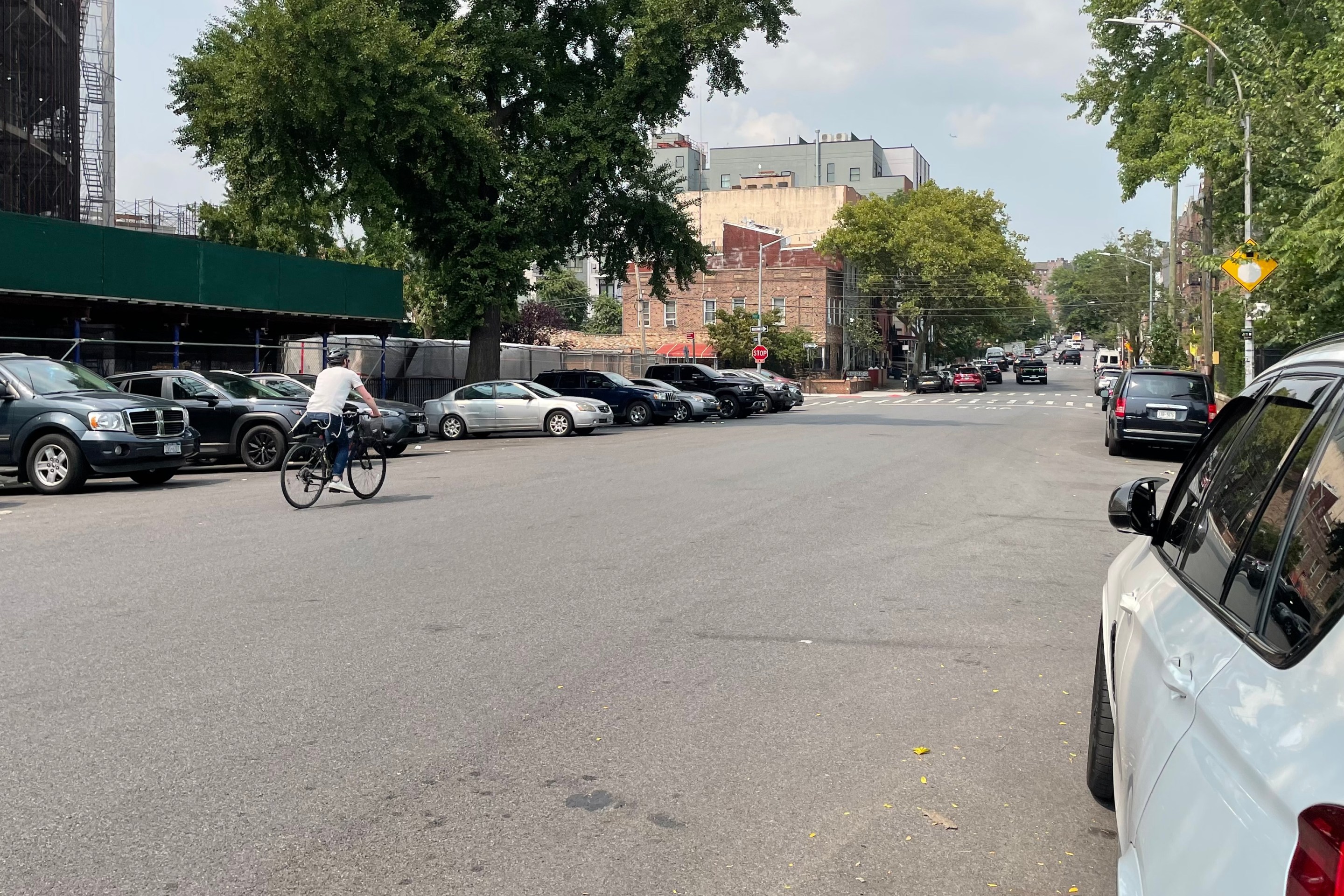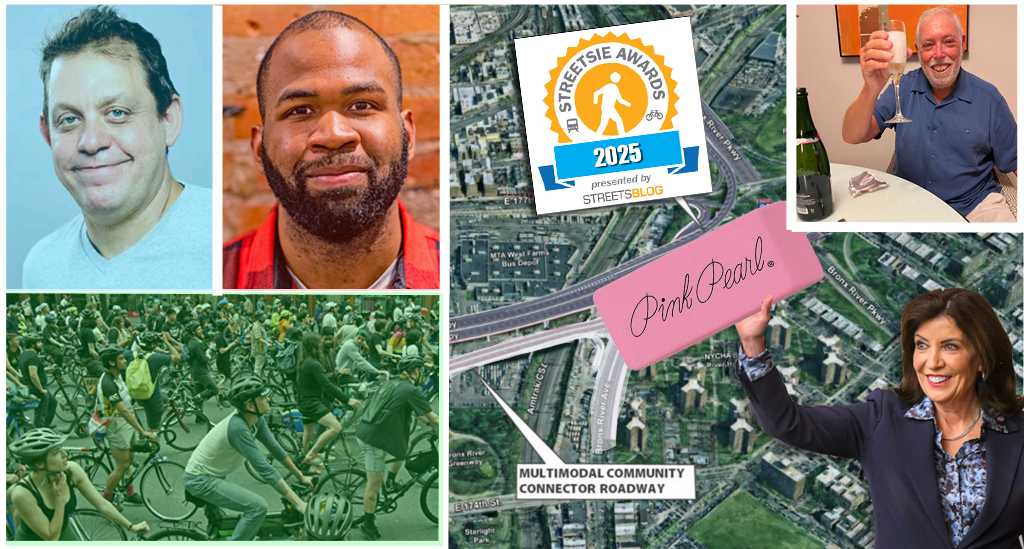
On Earth Day Mayor Mike Bloomberg placed transportation and environmental issues at the top of New York City's political agenda. He took a major step towards changing the conventional wisdom that traffic congestion is a sign of the city's vibrancy and economic health.
And he joined the list of forward-thinking global mayors like London's
Ken Livingstone and Bertrand Delanoe in Paris who have said that
excessive automobile dependence is a drag on the urban economy,
detrimental to public health, and a contributor to global climate
change.
Proposing congestion pricing was clearly a big
deal. But missing from the PlaNYC announcement were immediate physical
changes that reveal the "Greener, Greater New York" that the mayors
speech called for. Because, even if congestion pricing is approved by
the state legislature, it will take time to put in place. The mayor
needs a symbolic, yet tangible, action that matches the scale and
ambition of his new vision.
That grand, green, gesture is a three month
car-free summer for Central Park. With the stroke of a pen Bloomberg
can deliver a premier car-free space for millions of people. The
political legwork has already been done. Car-Free Summer already has
the backing of Manhattan Borough President Scott Stringer and four of
the five City Council members surrounding the park (Lappin, Brewer,
Garodnick and Viverito. Dickens has been non-committal). More than 100,000 people have signed a petition calling for a completely car-free park.
There
is very little downside to a Car-Free Central Park. DOT traffic studies
conducted during Christo's "Gates" installation suggest that the
traffic impacts around the park would be virtually non-existent
(Download the three-part study here: 1, 2, 3).
And a soon-to-be released report by Transportation Alternatives
indicates that closing Central Park's Loop Drives to private vehicles
would help reduce the amount of through-traffic using Harlem's
congested streets as a short-cut to and from Lower Manhattan.
Delanoe launched his ambitious transportation reform effort by converting a riverfront highway into a beach called "Paris Plage."
London's Ken Livingstone had the power to impose congestion pricing
without legislative approval. But he built public approval for pricing,
and an overall transportation reform agenda, with tangible improvements
that people could feel and see. One of the most visible was the
conversion of the horrendous traffic sewer that was Trafalgar Square into a bustling public plaza.
Likewise, here in New York, PlaNYC 2030 needs to be transformed from
rhetoric to reality. While there are many such opportunities, none is
as big, as visible and as easy, as making Central Park car-free this
coming June, July and August.
Photo: Greyscalefuzz on Flickr





